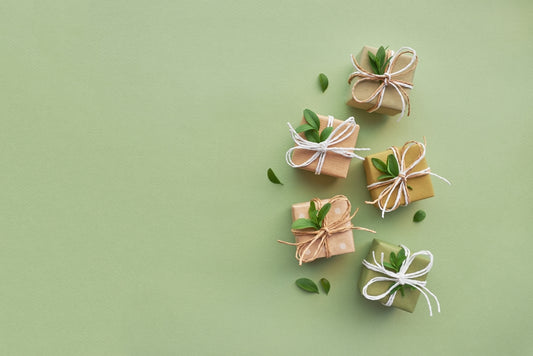Introduction
Macramé, an ancient art form, has enjoyed a resurgence in recent years. Characterized by the crafting of decorative knots, macramé is versatile and accessible to crafters of all skill levels. One exciting variation of this craft incorporates beads, adding a new level of complexity and visual interest. This guide will walk you through the steps to create your own beaded macramé masterpiece.
The Basics of Macramé
Before we dive into beaded macramé, let's cover some macramé basics. The essential elements you'll need to start are macramé cord and a dowel, ring, or branch from which to hang your work. Cords made of cotton, hemp, or jute are ideal for beginners due to their flexibility and durability.
Gathering Your Bead Materials
When it comes to selecting beads for your macramé project, consider the size of your cord and the style of your design. Wooden, ceramic, or silicone beads with large holes are typically the easiest to work with. Ensure that the bead's hole is large enough for your chosen cord to pass through twice.
Preparing Your Macramé Project
To start your project, cut your macramé cord into lengths appropriate for your design. A good rule of thumb is to cut each cord four times the length of your intended finished piece. Secure the cords to your chosen hanging device using a Lark's Head Knot.
Incorporating Beads into Your Macramé
Introducing beads into your macramé work adds an additional level of creativity and individuality. To add a bead, simply thread it onto your cord before making your next knot. For designs that feature beads at the center of a series of knots, thread your bead onto the filler cords before knotting the working cords around it.
Mastering Key Macramé Knots
There are several key knots you'll need to master for macramé. The Square Knot is the most basic and commonly used. Other important knots include the Spiral Stitch, Half Hitch, and the Josephine Knot. Each knot creates a different pattern and texture, adding depth to your design.
Finishing Your Macramé Piece
Once you've completed your series of knots and incorporated your beads, it's time to finish your piece. This typically involves trimming the ends of your cords to your desired length and securing any loose cords. You might also choose to add a fringe or tassel for added effect.
The Joy of Creating Macramé Jewelry
One of the most popular applications of beaded macramé is in the creation of unique, handcrafted jewelry. Bracelets, necklaces, and earrings take on a whole new dimension when made with macramé techniques. Incorporating beads into your macramé jewelry can add a touch of elegance or a pop of color. Whether you choose delicate seed beads or larger statement beads, you can create pieces that reflect your personal style and complement your wardrobe.
Experimenting with Patterns and Designs
Don't be afraid to experiment with different patterns and designs in your beaded macramé pieces. Mixing different types of knots can create interesting textures and designs. For example, you could alternate sections of square knots with sections of spiral stitches, with beads interspersed throughout for added interest.
Additionally, think about the layout of your beads. You could string them at regular intervals for a symmetrical look, or cluster them together for a more organic feel. The beauty of macramé is its flexibility – there are no strict rules, only guidelines to help you create.
Caring for Your Beaded Macramé Creations
Once you've completed your beaded macramé piece, it's important to care for it properly to ensure its longevity. Avoid getting your macramé wet, as this can cause the cords to shrink or the color to fade. If your piece does get wet, lay it flat to dry to avoid stretching. For beaded pieces, be sure to check the care instructions for your specific beads. Some materials, like wood or certain types of stone, may require special care.
Teaching Others the Art of Macramé
One of the most rewarding aspects of mastering a craft like beaded macramé is the opportunity to share your knowledge with others. Consider teaching a class or workshop in your local community, or create online tutorials to reach a wider audience. Not only will you be sharing a valuable skill, but you'll also be fostering a sense of community among fellow craft enthusiasts.
Conclusion
The art of beaded macramé is a journey of creativity, patience, and self-expression. With each knot tied and bead strung, you're not just crafting an object – you're telling a story, one that is uniquely your own. Whether you're creating a piece for yourself or as a gift for someone else, the end result is a beautiful, handcrafted item infused with your personal touch. So pick up your cords and beads, and let your creativity flow. The world of beaded macramé awaits you.




